Scientists strive for negative emissions
A Greener Life
AUGUST 5, 2022
Human activity adds more than 50 gigatons of carbon dioxide to the atmosphere each year. New Solid Carbon technology might be able to lock climate-warming carbon dioxide below ocean bedrock. Basalt is a porous rock formed from cooling lava. Large-scale solutions are urgently needed.


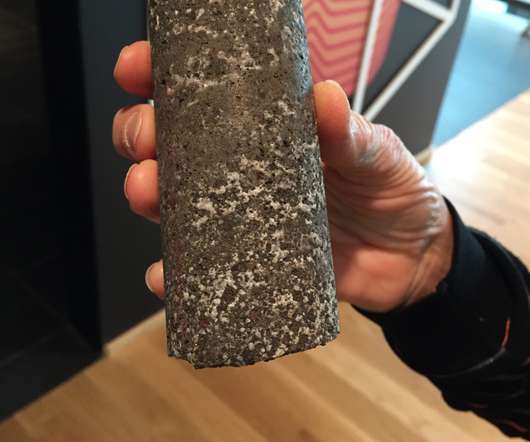

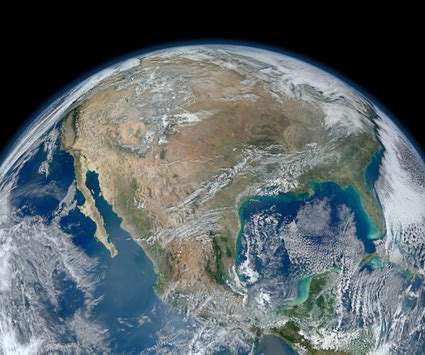

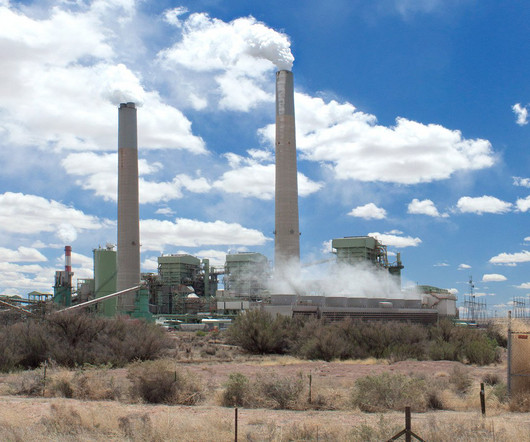


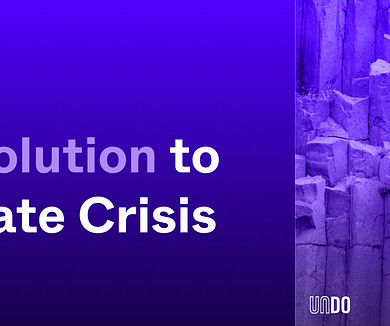
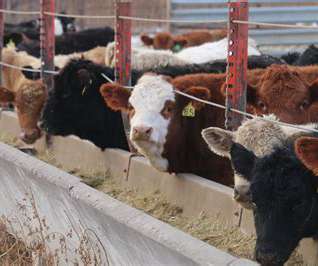
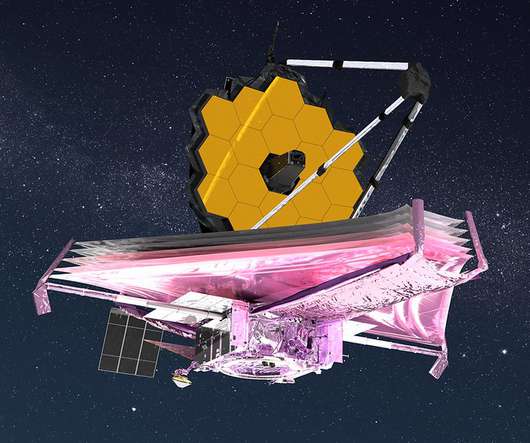



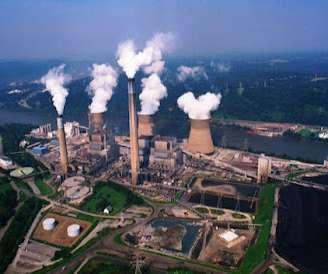






Let's personalize your content